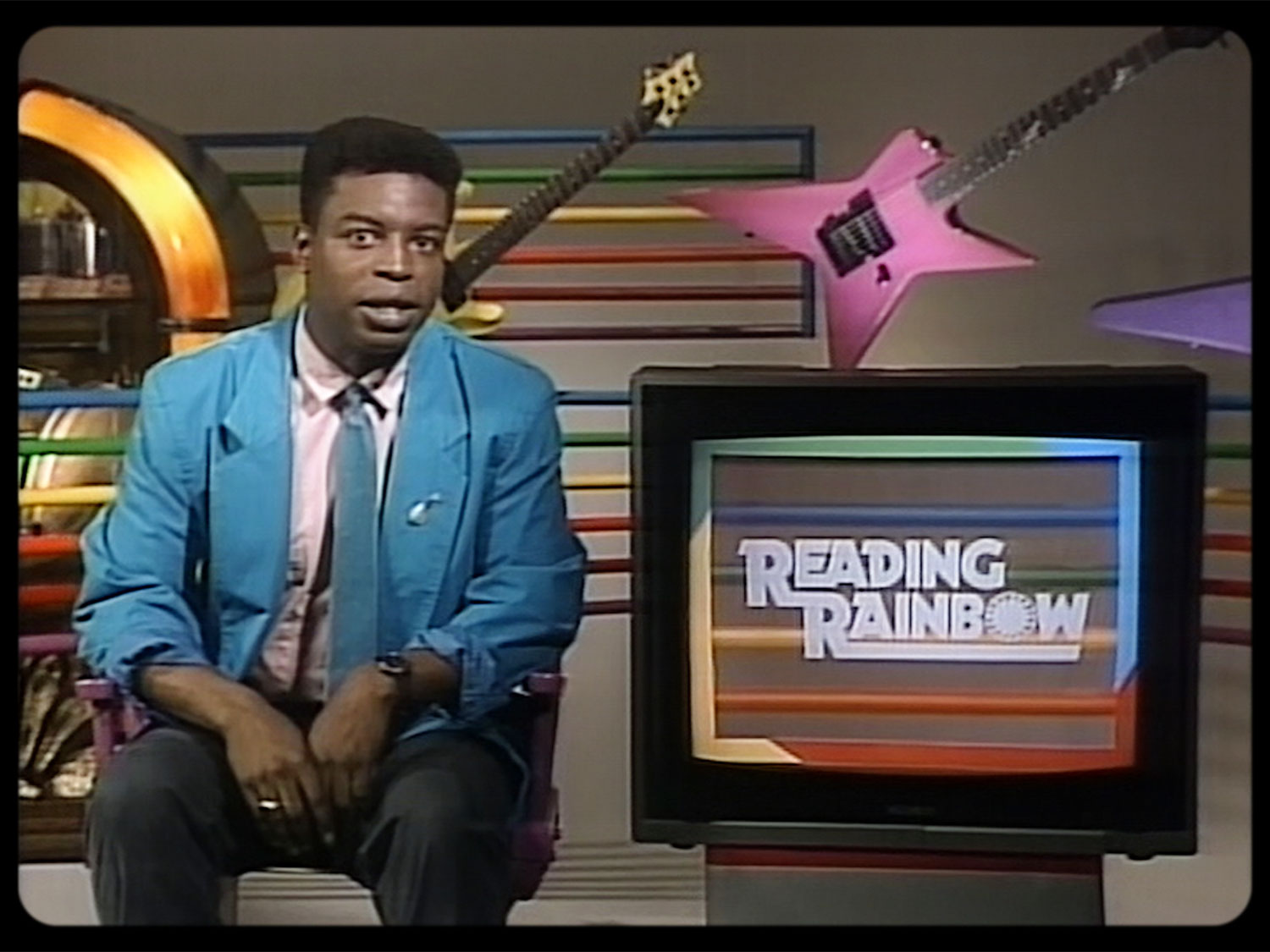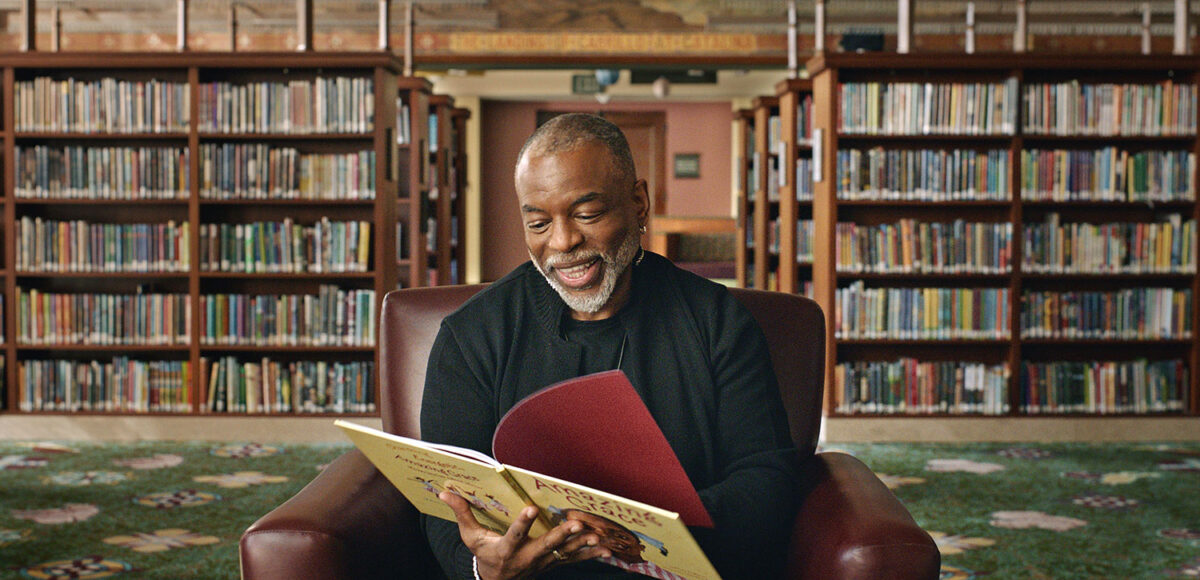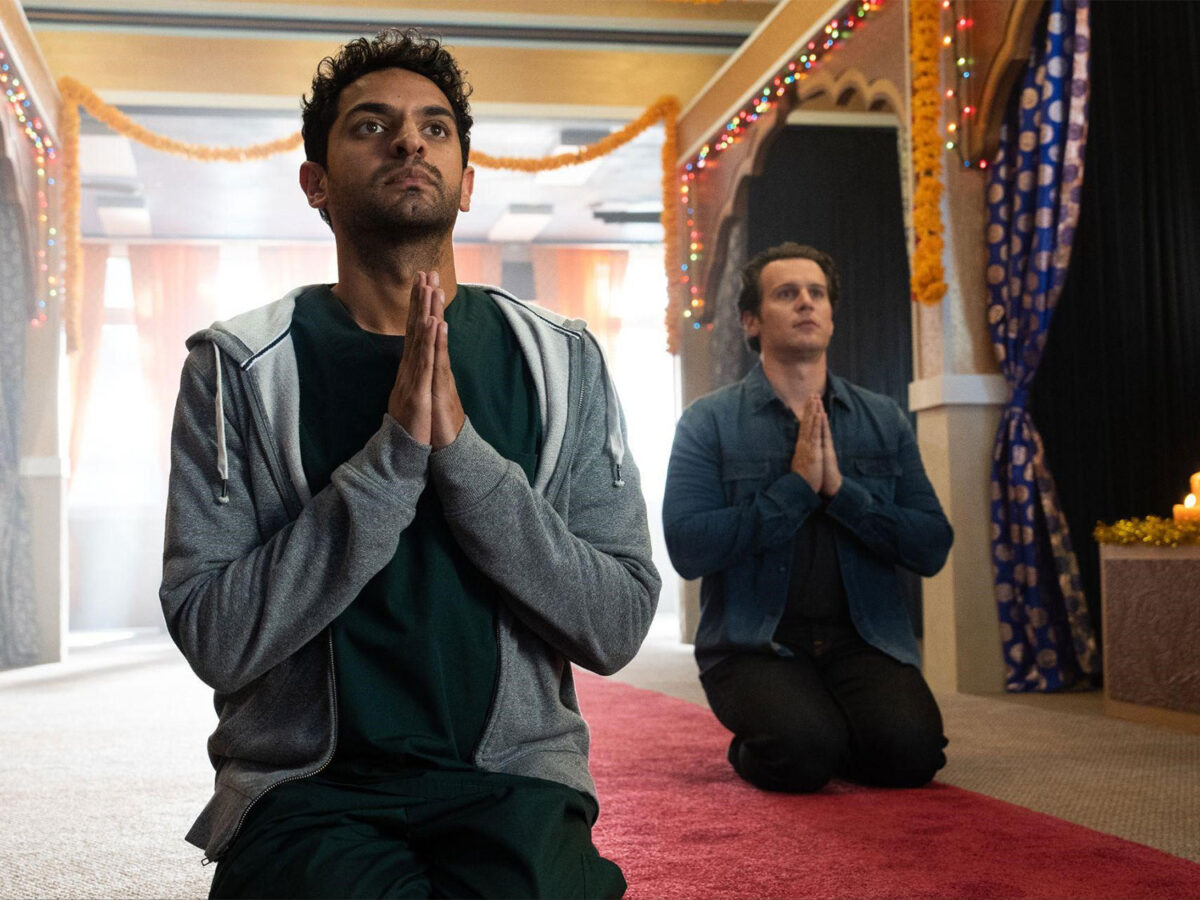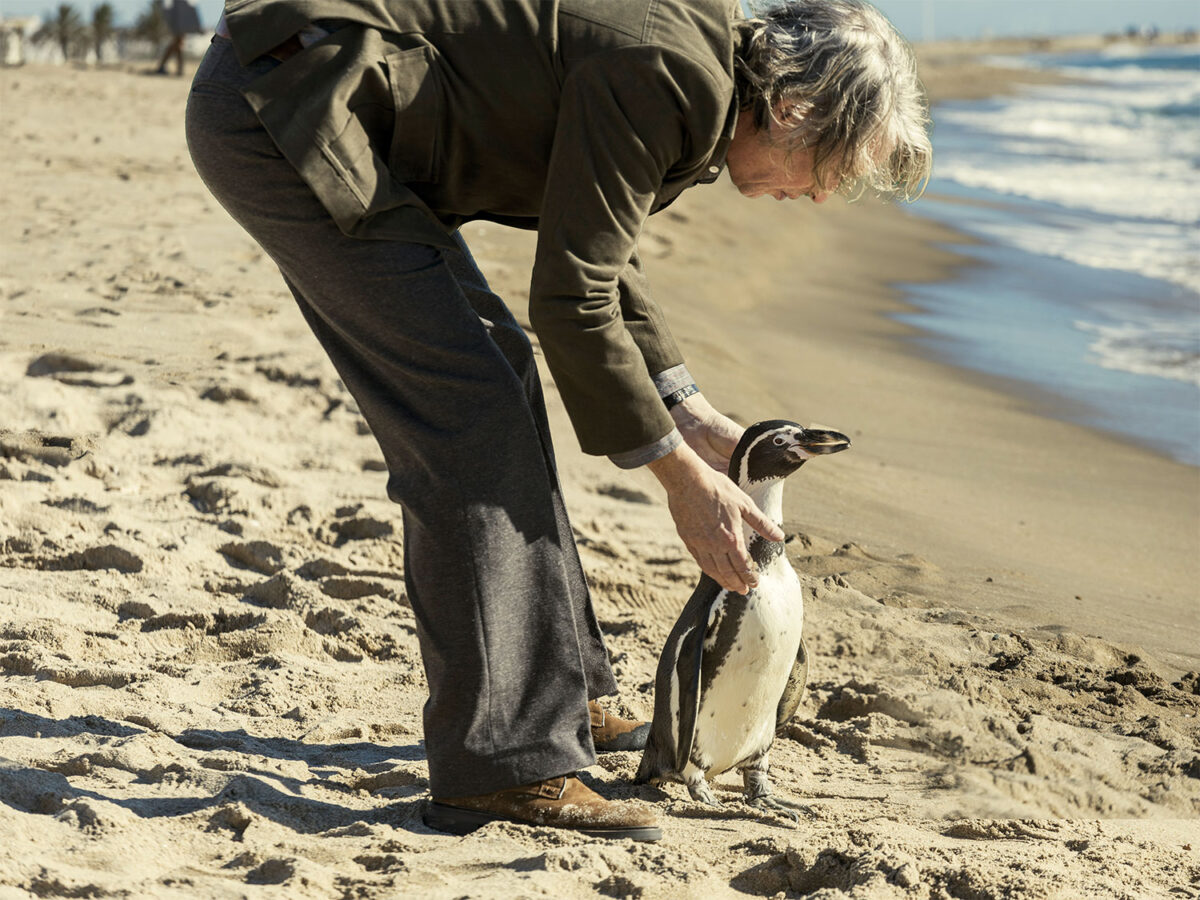Think of unicorns, big smiles, dancing, ladybugs, butterflies and all the colors on a bright palette, and you begin to approach the past joys of the television show “Reading Rainbow.” It was never about learning to read. That was left to “Sesame Street” and “The Electric Company.” “Reading Rainbow” was about loving to read and it introduced several generations to that joy during its 23-year run.
Directors Bradford Thomason and Brett Whitcomb, also acting as editor and cinematographer, respectively, have assembled a cast of creators, directors, producers, executives and participants that make you happy the show happened in the first place and sad that it ever ended. And leading the charge? LeVar Burton, host for all the episodes, who aged more gracefully than anyone has a right to, is still enthusiastic and warm; an advocate for the mission of “Reading Rainbow,” he is the very definition of a mensch.
Twila Liggett loved teaching but when success became an algorithm (they may not have called it that in the late ‘70s, but that’s what it was) of teaching to the test, it took away the joy she found in the profession. Children learn at different rates in different ways, something that standardized tests couldn’t predict. When the tests encroached on her ability to modify curricula to adjust to those differences, she left the profession but not teaching. Although television was viewed as the “enemy” in many circles, maybe, she thought, there was a way to make it work for what she wanted to convey. Nebraska ETV connected with her vision as did Tony Buttino at WNED in Buffalo, NY. At the end of the day, all television is education. The question is, “What are we teaching?” Their mission? Get children excited about reading. Tony assembled a team of directors and producers, among them the newlywed team of Larry Lancit and Cecily Truett Lancit who were with the show almost until the end.
Even with the success of PBS shows “Sesame Street,” “Mr. Rogers’ Neighborhood” and “The Electric Company,” there remained a skepticism at the Corporation for Public Television (CPB). No one seemed to understand that the creators weren’t trying to teach reading. They were concerned about the so-called summer loss phenomenon where children, viewing reading as a task, not a pleasure, never picked up a book during those months, leaving them behind when school resumed. What would happen if reading became a cherished activity?
Reluctantly, the CPB gave them the seed money for a pilot and they were off to the races. The first hurdle? They needed a Mr. Rogers-type; someone who could relate to the children and never talk down to them. Children have an unerring instinct about condescension. Obviously, Fred Rogers was taken, so who could they get to host this show? Ideally, a celebrity would capture attention and they composed a list of potential actors for the lead role. At the top of their wish list was LeVar Burton, relatively fresh off his exploding star turn as the young Kunte Kinte in “Roots.” There was something approachable and captivating about this young man who was plucked from college (USC) to be one of the leads in what became that era’s most important and viewed
miniseries. Little more than a kid himself, he still retained a wide-eyed innocence and enthusiasm that was exactly what they were looking for. Against the odds, this rising star, in love with the concept, said yes.

The pilot that was produced convinced the CPB executives to fund this program that immersed its audience in the world of books. Burton would introduce a book per episode; it would be read out loud, often by a celebrity; and then he would take the viewers on a voyage into the world of that book, traveling to various relatable locales and talking to youngsters about how their lives related to the stories. Children from all ethnicities, socioeconomic levels and areas of the country participated on screen. The kids watching were, in some cases, seeing others on the television who were just like themselves for the first time. And so started a revolution in love, the love of reading.
“Reading Rainbow” had a cast of 8 and 9-year-olds, the target audience, who presented their own reviews of books that they personally chose to recommend. They wrote their own copy and delivered their book reports as they chose—no adult rewriting, no interference. It was those raw, charming presentations that gave the show a reality that was often lacking in other children’s programming. Particularly charming are the interviews with some of the now-grown former child critics on what the show meant to them and how important it was for some of them to see and be seen as representatives of the underrepresented. They talk about the joy they still have for their past participation. It was a point of pride that the producers made an effort to have kids from all backgrounds and “colors” as their ambassadors. It was built into the DNA of the series.
Amazingly, the producers faced difficulties from publishers who didn’t understand the concept and were less than enthusiastic about having their books featured. I can’t even imagine the lack of vision behind such a stand. How could they not have immediately seen the marketing possibilities?
Remarkably, the show always struggled for funding. Too often, CPB was threatened with a funding cut off by a Congress that didn’t seem to understand the greater benefit to the general public. Nothing could possibly have been less partisan than “Reading Rainbow.” Although CPB usually escaped the ax, the threat was always there and they were looking for outside monetary sources, sources that were greater than “viewers like you.” “Sesame Street” was a marketing juggernaut, a veritable licensing dream machine with Cookie Monster clothing and stuffed animals of all the characters. “Reading Rainbow” had books and no merchandising. It was the publishers, now recognizing the value of free publicity, who benefited in a big way. They flooded the producers with books for inclusion, but it was the kids who chose. All books under consideration were tested in classrooms by the targeted age range. The students were involved in discussions about the pros, cons and viability of the various books. The adults producing the shows ended up with the greatest respect for the intelligence and understanding of children who understood from the beginning that we all learn through stories.
“Reading Rainbow” may have ended too soon, although 23 years is a nice run, but, in the end, all that counts is the generations who benefited from a show where reading and books were king.
Now streaming on Prime Video and iTunes.
Neely Swanson spent most of her professional career in the television industry, almost all of it working for David E. Kelley. In her last full-time position as Executive Vice President of Development, she reviewed writer submissions and targeted content for adaptation. As she has often said, she did book reports for a living. For several years she was a freelance writer for “Written By,” the magazine of the WGA West, and was adjunct faculty at USC in the writing division of the School of Cinematic Arts. Neely has been writing film and television reviews for the “Easy Reader” for more than 10 years. Her past reviews can be read on Rotten Tomatoes where she is a tomato-approved critic.







